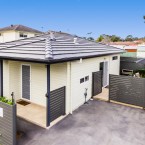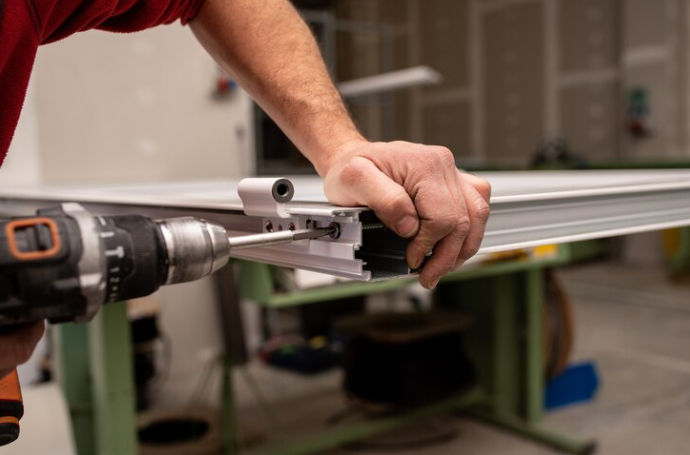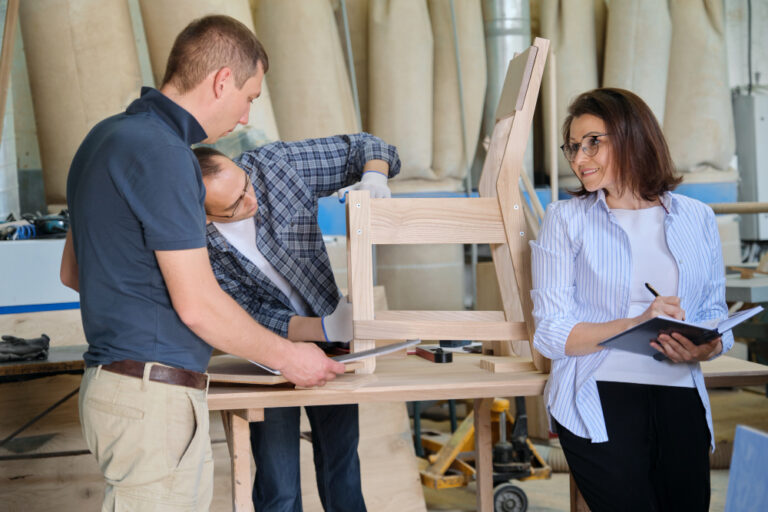Introduction
Granny flats are becoming increasingly popular in Australia, especially in cities like Sydney where housing prices are high and space is at a premium. These secondary dwellings can provide additional living space, generate rental income, or offer a comfortable place for elderly relatives to stay close to family. However, building a granny flat is a significant investment and requires careful planning. Here are the key things to consider before starting your granny flat project.
Understanding Granny Flats
A granny flat, also known as a secondary dwelling, is a self-contained living area typically located on the same property as the main house. They are smaller than the primary residence and come with their own entrance, kitchen, bathroom, and living space.
Purpose and Usage
Before you begin the building process, clearly define the purpose of your granny flat. Are you planning to use it as a rental property for extra income? Is it intended for family members, such as elderly parents or young adults looking for independent living? Your intended use will influence the design, size, and amenities required.
Budgeting and Financing
Budget is one of the most critical factors when considering building a granny flat. Costs can vary significantly based on size, design, and materials used. It’s essential to have a detailed budget that includes all aspects of the build, from planning and approvals to construction and finishing. Consider your financing options early on. You might need a home equity loan, personal loan, or construction loan, depending on your financial situation.
Design and Layout
The design and layout of your granny flat should complement your main property while fulfilling the functional needs of its occupants. Think about the number of rooms, open-plan living spaces, accessibility features, and outdoor areas. Custom designs can offer more flexibility, but prefabricated options might be more cost-effective and quicker to construct.
Legal Requirements and Regulations
Each state in Australia has specific regulations regarding the construction of granny flats. In New South Wales, the NSW Housing SEPP (State Environmental Planning Policy) outlines the requirements. Key points include:
- The property must be a minimum of 450 square metres.
- The granny flat can be a maximum of 60 square metres.
- The flat must comply with setback and height restrictions.
It’s crucial to check with your local council to understand the specific requirements and obtain the necessary approvals before proceeding.
Choosing the Right Location
The location of your granny flat on your property can impact its functionality and privacy. Consider the following:
- Proximity to the main house: Ensure enough separation to provide privacy for both occupants.
- Access: The granny flat should have a clear and independent entrance.
- Orientation: Position the flat to take advantage of natural light and ventilation.
Construction and Building Materials
The materials you choose for your granny flat will affect its durability, aesthetics, and cost. Common materials include brick, timber, and steel. Each has its pros and cons, so consider factors like climate, maintenance, and personal preference. Sustainable and energy-efficient materials can also help reduce long-term running costs and environmental impact.
Utilities and Infrastructure
Ensure your granny flat has access to essential utilities such as water, electricity, and sewage. You may need to extend existing services from your main house or establish new connections. It’s also a good idea to consider additional features like solar panels, rainwater tanks, and energy-efficient appliances to improve sustainability and reduce ongoing costs.
Finding the Right Builder
Choosing a reputable builder is crucial to the success of your granny flat project. Look for builders with experience in constructing granny flats and check their references. Ensure they are licensed and insured, and get detailed quotes and contracts to avoid any misunderstandings. Granny Flats Sydney, for example, offers comprehensive services from design to completion, ensuring a smooth building process.
Conclusion
Building a granny flat is a significant but rewarding investment that requires thorough planning and consideration. By understanding your needs, setting a clear budget, and following legal requirements, you can create a functional and attractive space that adds value to your property. Whether for family use or rental income, a well-designed granny flat can provide numerous benefits for years to come.







